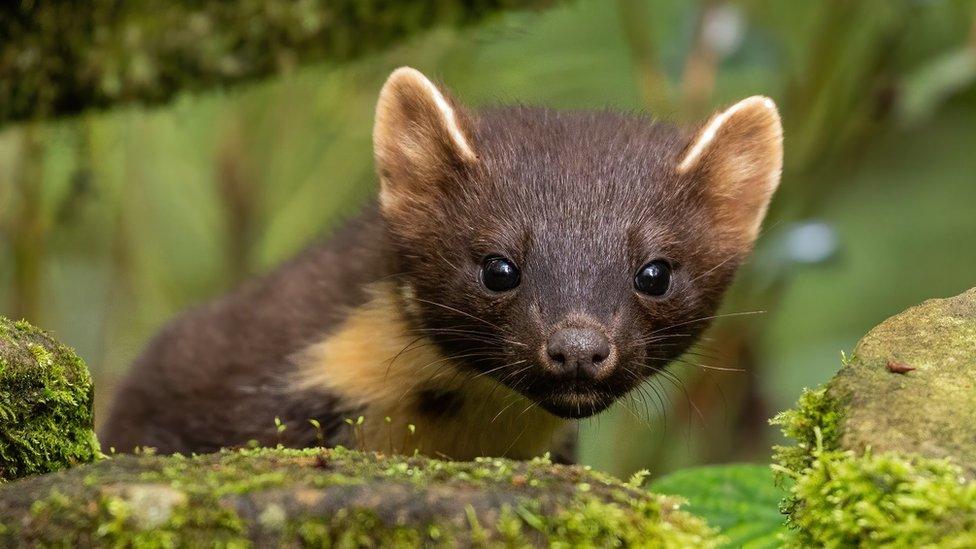Cheetahs return to India for the first time in 70 years
- Published
- comments
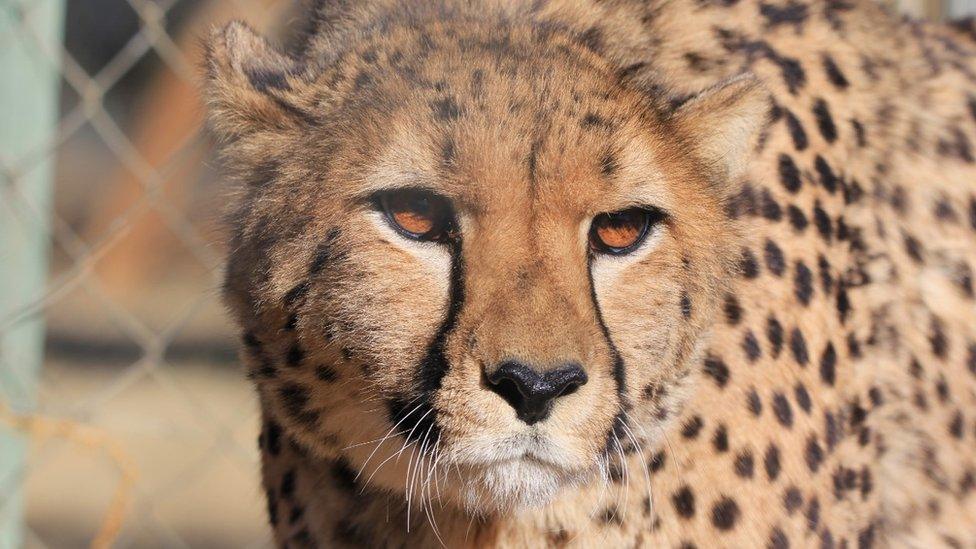
We know that we can find cheetahs in Africa, but did you know they also used to live in India?
About 70 years ago, the super speedy big cats became extinct there, which means you can no longer find them in India today.
But thanks to a new conservation project called 'Project Cheetah' - that's changing!
Eight cheetahs from Namibia were sent over last year, and more are due to be on the way from South Africa too.
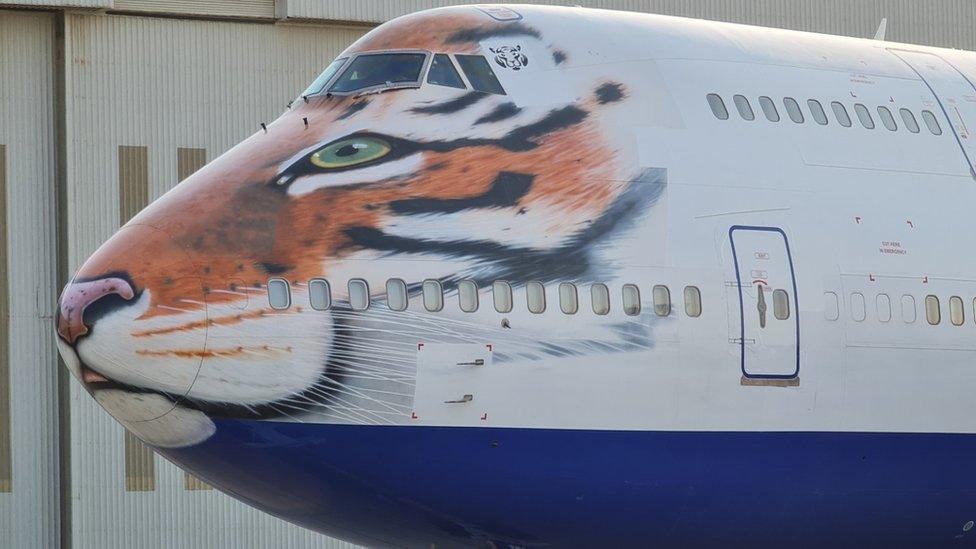
The cheetahs will make the 11 hour journey from South Africa to India
South Africa has signed an agreement with India to introduce dozens of African cheetahs there over the next decade.
The first batch of 12 cheetahs will be sent in February 2023 and the country will continue to send similar numbers over each year.
In September 2022, eight wild cheetahs made the 11 hour journey to India - the first time a large carnivore has ever been moved from one continent to another!
A continent is a large continuous area of land. There are seven continents of the world - Asia, Africa, North America, South America, Antarctica, Europe, and Australia. India is a country in South Asia.
These cheetah's have been successfully introduced to a special enclosure at Kuno-Palpur national park.
It's all part of a special project to help protect the species.
Officials in India hope to see 50 cheetahs introduced in lots of different National Parks there over the next five years.
Why did cheetahs go extinct in India?
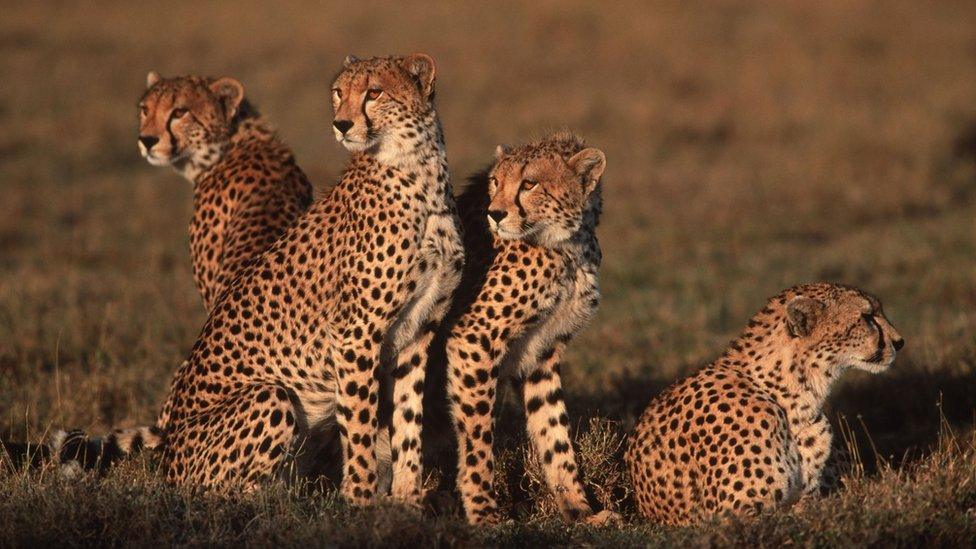
It's estimated there are only around 7,100 cheetahs left in the wild
Cheetahs were officially declared extinct in 1952 and are the only large carnivore to have disappeared in the country.
They were hunted by royalty for hundreds of years for fun, usually because they were less dangerous than other large animals like tigers.
As a result the number of cheetahs in the wild started to go down.
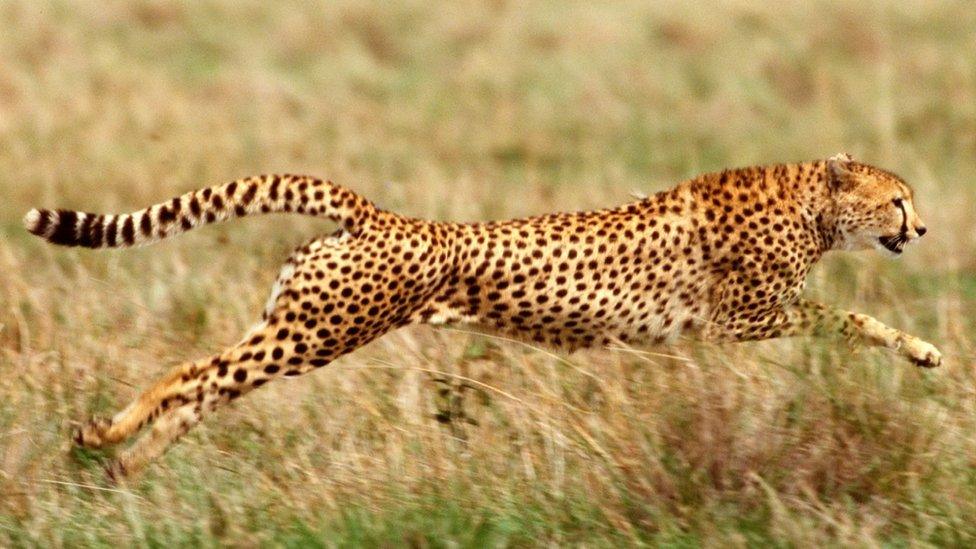
Cheetahs can run up to 70mph...that's as fast as a car!
Usually when this happens conservationists - people who help protect wild animals - try to encourage them to breed, but when it came to cheetah's this was quite difficult to do.
Some people even saw them as pests because big cats like cheetahs, lions and tigers were eating their goats and sheep.
As the human population grew in India in the 1900s, it also meant that the cheetah's habitat started to get smaller and smaller and this made it more difficult for them to survive.
What happens now?
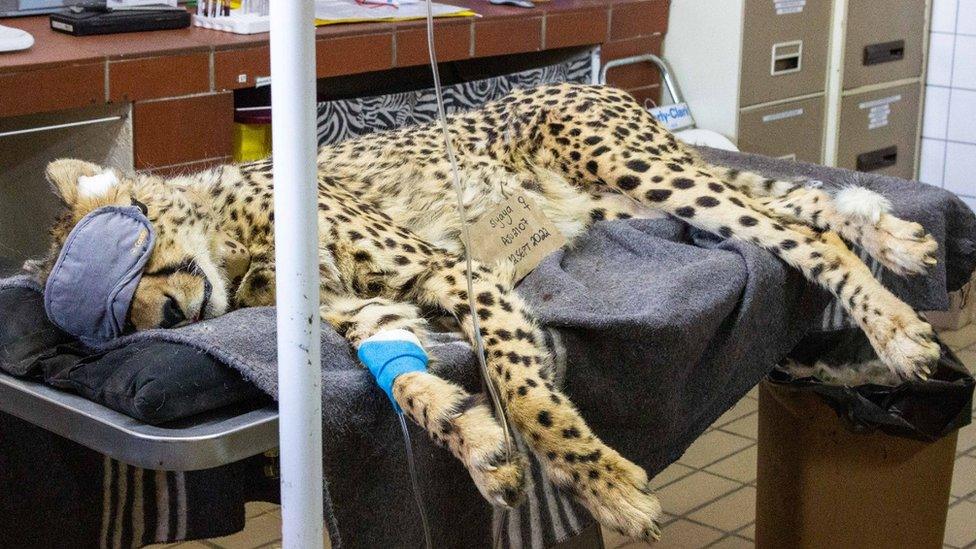
A cheetah rests before the journey to India
The 12 cheetahs from South Africa have been living in quarantine in preparation for their introduction to their new home.
Their new home will be a huge enclosure to start with, so conservationists can keep an eye on how they're doing.
After around a month, they'll then let them out to explore by themselves.

The cheetah's are fitted with satellite collars, so scientists and specialists can monitor their movements and provide support for them as they settle in
Some experts are worried the cheetahs won't survive, because they'll be competing against the other big cats in the area like leopards for food and shelter.
Others reckon the cheetahs will be fine because they're very good at adapting to their environment...only time will tell!
We hope they settle in nicely in their new home.
- Published4 June 2020
- Published14 September 2022
